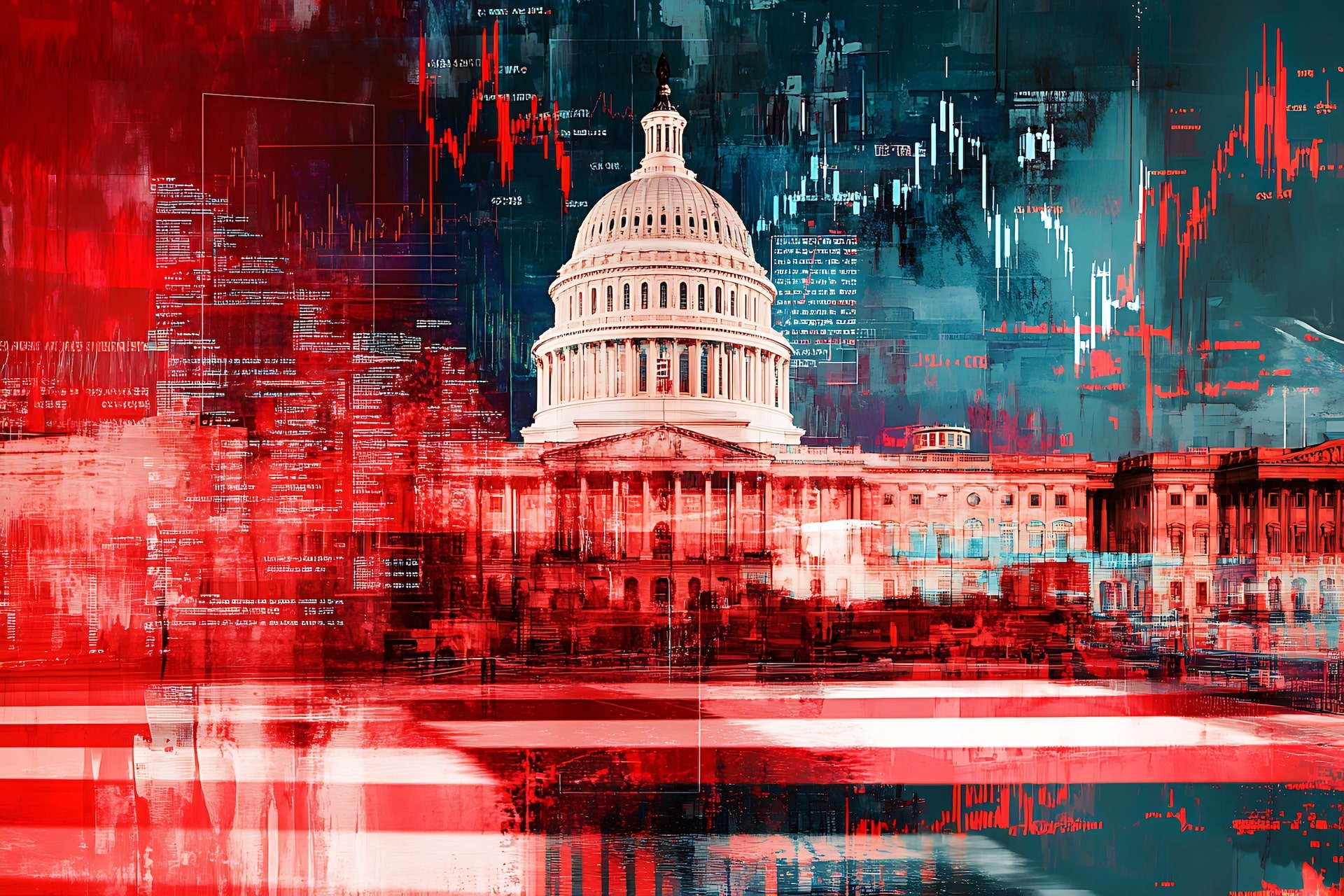Credit Sesame discusses what the economic trends of 2022 mean for 2023.
The recent announcement of economic growth in the 4th quarter of last year was the latest sign that 2022 ended on a positive economic roll.
On January 26, the Bureau of Economic Analysis announced that US Gross Domestic Product (GDP) grew at an inflation-adjusted annual rate of 2.9% in the fourth quarter of 2022. This followed a 3.2% growth rate in the third quarter.
In 2022, economic growth ground to a halt in the first half of the year. Year-over-year inflation peaked at a 40-year high in June. Then the news got better as the year progressed:
- Job growth continued to be strong, with two years of consecutive monthly employment increases.
- GDP grew in each of the last two quarters.
- Inflation all but disappeared in the second half of the year.
What does this mean for economic trends in 2023?
A positive end to 2022 puts the US in a good place to start 2023, right? Maybe. But the US should not sit on its economic laurels just yet. It’s possible that the economic forces at play in the latter half of 2022 were short-term fluctuations in a longer economic cycle that’s yet to manifest.
There are reasons to consider that each of the three positive trends listed above may be threatened before 2023 is over.
Job growth: Layoffs threaten the job market’s winning streak
January saw the announcement of several major layoffs in the tech sector. Companies making large job cuts include Amazon, Microsoft, Meta (Facebook’s parent company) and Alphabet (Google’s parent), This series of layoffs is especially disturbing because technology has been one of the economy’s leading lights in recent years.
To put this in perspective though, there’s a high volume of job turnover all the time. Large numbers of job losses and job gains occur every month. Since the start of 2021, the economy has averaged over 5.8 million total job separations (layoffs, firings and quitting) a month yet employment grew each month during the same stretch. What matters to the economy overall is the net number of job gains minus job losses.
However, the size of the recent layoff announcements plus the importance of the tech sector suggest the job market’s winning streak may be in jeopardy. The announcement of January’s employment number, scheduled to be released on February 3, will be very telling.
GDP: How long can growth run on debt?
While economic growth proved to be resilient in the second half of 2022, it is disturbing that consumer debt has continued to grow.
Consumers are responsible for roughly two-thirds of all spending. In other words, they are the primary engine of growth for the economy. If their spending relies too much on debt, it raises questions about how sustainable that spending is.
Consumer debt reached a record high in 2022. Meanwhile, soaring interest rates made borrowing more expensive. It seems unlikely that consumers can afford to keep up the recent pace of borrowing and spending.
Meanwhile, the battle in Washington over the debt ceiling shows a renewed spirit of fiscal conservativism by some politicians. That may mean the economy gets less help from new government spending. As for the business sector, recent layoffs suggest CEOs are not feeling particularly optimistic about investing money at this time.
With little help from the government or the business sector, consumers are left to carry the load for the economy. The question is how long they can do that with their heavier debt burdens?
Inflation: energy and a weaker dollar could cause a relapse
The Consumer Price Index (CPI) increased by 6.5% last year, but a closer look reveals a major reversal of the trend in the second half of the year. The CPI rose by 5.4% in the first six months of 2022 but tacked on just 0.9% in the last six months. Does that mean that inflation is quashed?
Maybe not. The slowing of inflation in the second half of 2022 was helped by two positive trends that may not continue:
- Energy prices had sharp declines in the second half of last year. However, energy prices are notoriously volatile and sensitive to global events. For example, the reopening of China’s economy after extended COVID shutdowns is likely to boost demand for oil, which could send prices higher.
- The US dollar was very strong for most of last year. A strong dollar makes imports to the US cheaper, which helps ease domestic inflation. However, the dollar has weakened in recent months. This reverses the effect. A weaker dollar makes imports more expensive, adding to overall inflation pressure.
Inflation may not return to the levels of early 2022, but it is probably unrealistic to expect it to remain as low as it was in the second half of the year.
How to prepare for fluctuating economic trends
Economic trends and events are difficult to predict and impossible to control at a consumer level. However, consumers can control how they prepare for uncertainty.
Given the economy’s shaky growth prospects and the possibility of inflation rising again, here are three actions consumers may like to take to stay ahead:
- Build a no-borrowing budget. Household budgets have to be updated to account for the sharp rise in prices last year. It may take some hard choices to bring spending in line with income, but high interest rates and heavy debt loads make this a crucial time to come up with a plan that does not rely on continued borrowing.
- Create a debt reduction plan. Bringing spending below the level of take-home pay should leave some money left over for saving or debt reduction. Saving is is important, but debt reduction may be a higher priority now. Interest rates on debt have gone up faster than interest on savings accounts, so reducing debt has a greater impact on net worth.
- Consider your job prospects. Despite recent layoffs, unemployment is still low. This might be a good time to take stock of your career. Consider how well your employer is doing financially, and how secure you are in your job. Take a look at whether there are new opportunities you could pursue with your existing employer or a new one. Are there job skills you should update to make yourself more marketable?
2022 ended on an economic high, but that’s no guarantee that the trend will continue in 2023. Consumers are wise to prepare for the unexpected.
If you enjoyed Will the 2022 Economic Trends Continue? you may be interested in:
Disclaimer: The article and information provided here is for informational purposes only and is not intended as a substitute for professional advice.




















